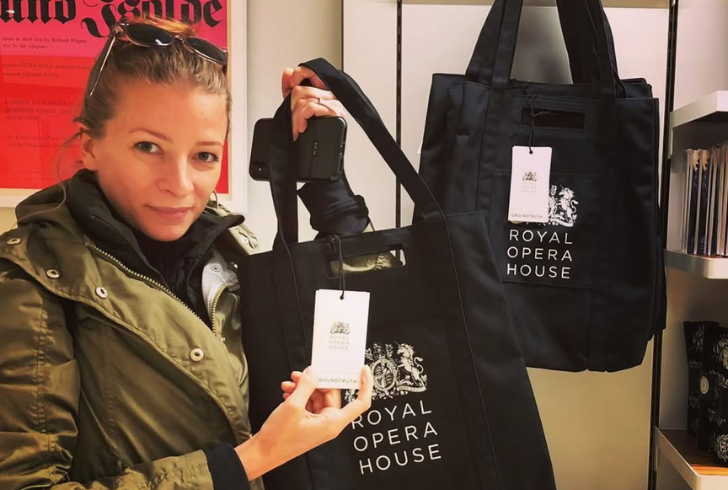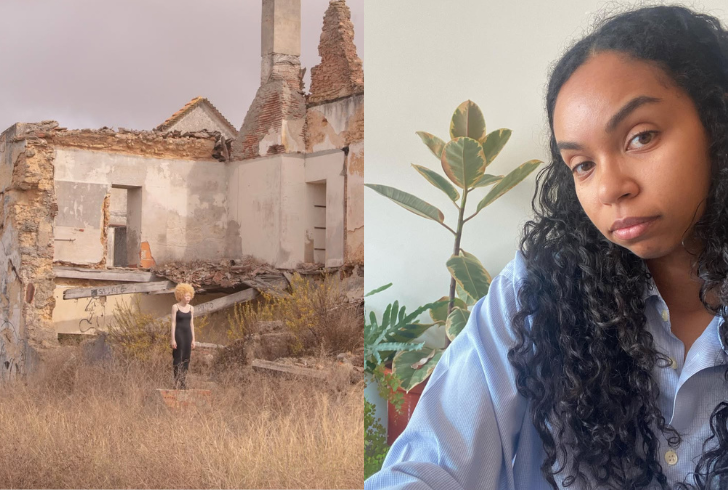How to Make Sustainable Fashion a Priority for Everyone
Sustainable fashion has gained attention in recent years, but many consumers still struggle to make ethical choices. Encouraging more people to support sustainable fashion requires creativity, awareness, and engagement. Several key figures in the industry are working on innovative storytelling methods to inspire action.
At a recent gathering at The Pig Hotel in Dorset, sustainability experts and journalists discussed an important question – How do you make people care about climate change? The fashion industry plays a crucial role in addressing this issue by promoting sustainable practices. Photographers, filmmakers, and activists are finding new ways to make sustainability more relatable and engaging.
Using Storytelling to Drive Change
Georgia Scott, co-founder of Groundtruth, transitioned from conflict-zone documentaries to climate storytelling. Her brand produces luggage from recycled plastic and carbon emissions. Her latest film, “Kuleana”, focuses on the impact of plastic pollution in Hawaii. Narrated by Woody Harrelson and featuring sports stars like Kai Lenny and Max Holloway, the film aims to reach new audiences.

Instagram | georgiascott.groundtruth | Georgia Scott uses storytelling to inspire climate action.
Scott believes scientists often struggle to engage the public. “People idolize athletes,” she explains. “When athletes discuss climate issues, they create a bridge between data and emotions.” This approach makes sustainability more accessible and encourages people to take action.
Another filmmaker, Sabrina Duarte, started in fashion films but shifted toward sustainability. Her film “Now We Live in Paradise,“ showcases Brazilian farmers restoring land through regenerative agriculture. Duarte emphasizes that storytelling should go beyond visuals. “It’s not just about capturing images,” she says. “We need to create space for unheard voices.”
Highlighting Positive Solutions
Emma Håkansson, an activist and filmmaker, approaches climate storytelling by blending beauty with sustainability. Her documentary, “Shiringa,” follows Indigenous communities in Peru who extract latex from trees to create bioleather. The film avoids direct confrontation, instead presenting sustainability as a hopeful solution.
Håkansson explains, “When deforestation footage appears, it’s shown on fabric, with people in front. This distance makes viewers more open to the message.” Rather than overwhelming audiences with negative imagery, she focuses on practical solutions that fashion brands can adopt.
Chris Nelson, Lewis Arnold, and Demi Taylor took a different approach with “The Big Sea,” a documentary on the wetsuit industry’s environmental impact. They expose how chloroprene rubber production in Louisiana has harmed local communities, leading to cancer risks. Nelson says, “We wanted to show the shocking reality but also highlight brands making positive changes.”
Shifting Perceptions Through Art

Instagram | pais.agency | nice_that_ | Eunice Pais shoots in natural light for fashion photography.
Photography plays a significant role in sustainability messaging. Eunice Pais, founder of Pais Agency, believes fashion photography should align with environmental values. She shoots in natural light, avoids disturbing local ecosystems, and collaborates with designers repurposing discarded fabrics. Her project “Heirlooming” honors traditional embroidery, showing how handcrafted textiles can be both sustainable and sentimental.
Pais emphasizes the importance of emotional connection. “Facts alone don’t move people to action,” she explains. “Emotion anchors them to a cause.” By presenting sustainability through a personal lens, she encourages consumers to appreciate long-lasting, ethically made clothing.
Similarly, Anass Ouaziz, a Moroccan photographer, uses his work to showcase sustainable cotton farming in Türkiye. His images highlight farmers’ connection to the land and the importance of regenerative agriculture. He believes effective climate storytelling must balance harsh realities with hope. “The goal is to foster empathy,” he says. “People connect with real examples, not abstract statistics.”
Bridging the Gap Between Fashion and Sustainability
To make sustainable fashion mainstream, brands and creators must engage people in fresh, relatable ways. Whether through films, photography, or social media, storytelling has the power to transform consumer behavior.
By focusing on solutions rather than problems, these storytellers inspire people to see sustainable fashion as a desirable, practical choice. As more individuals connect with these narratives, the movement toward ethical fashion will continue to grow.